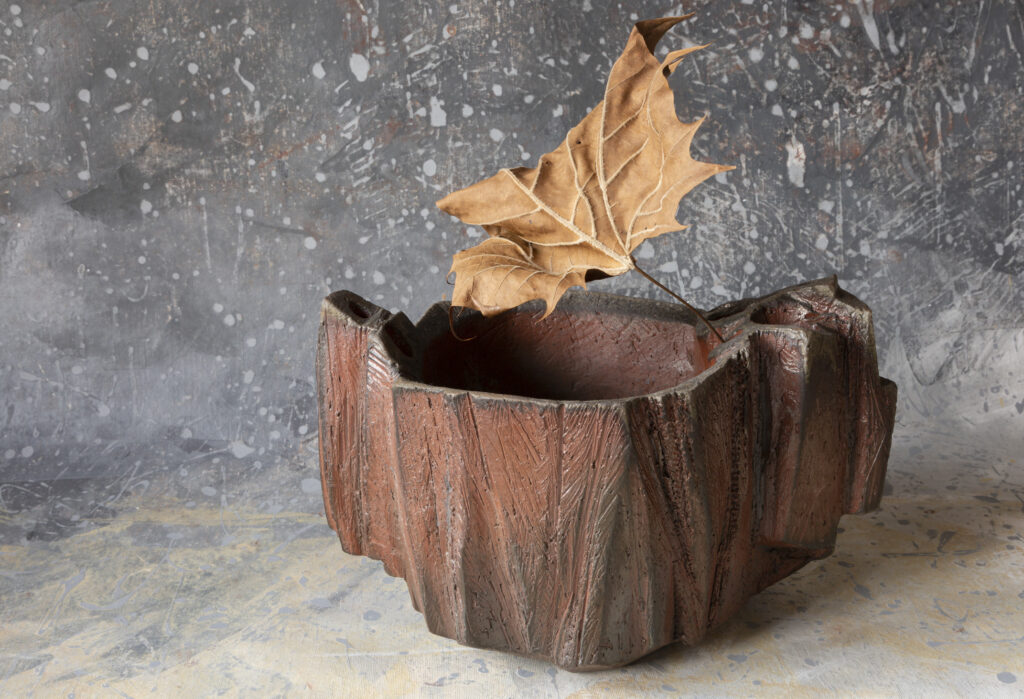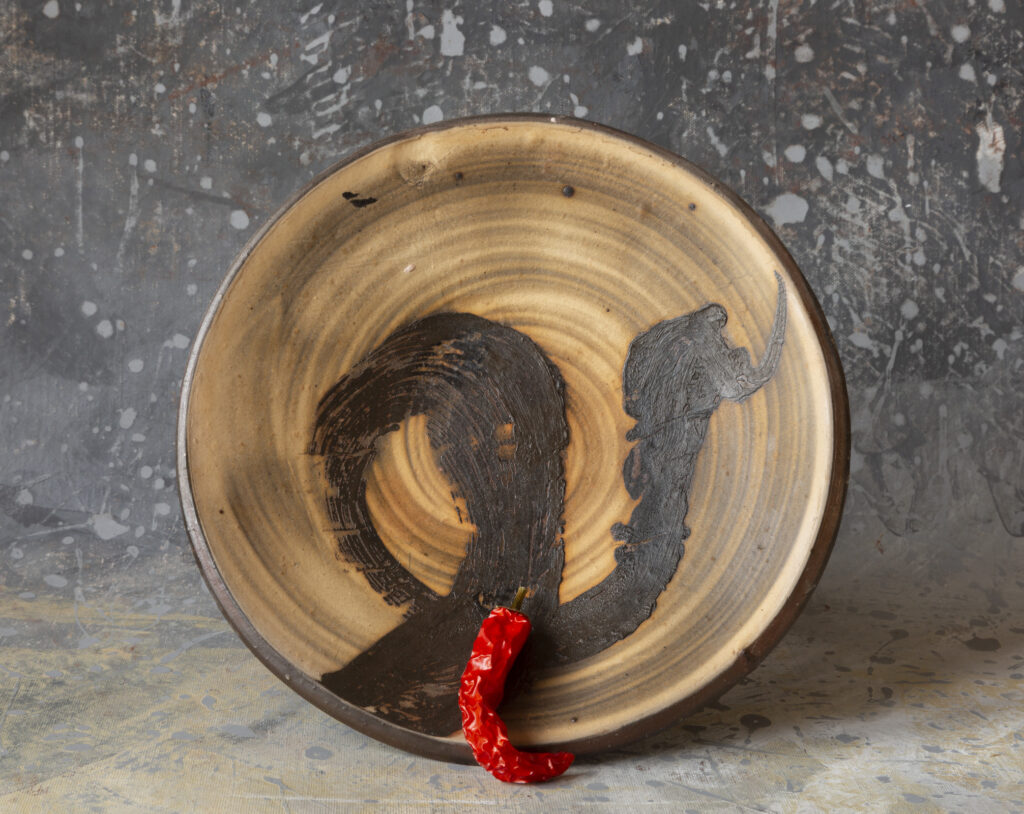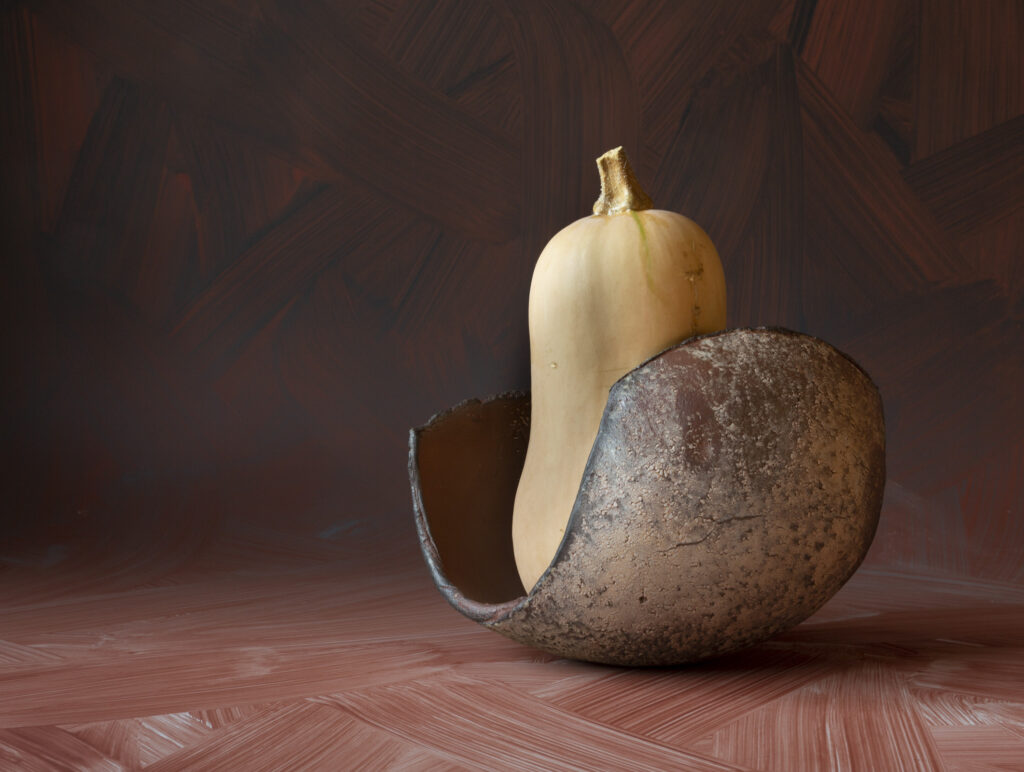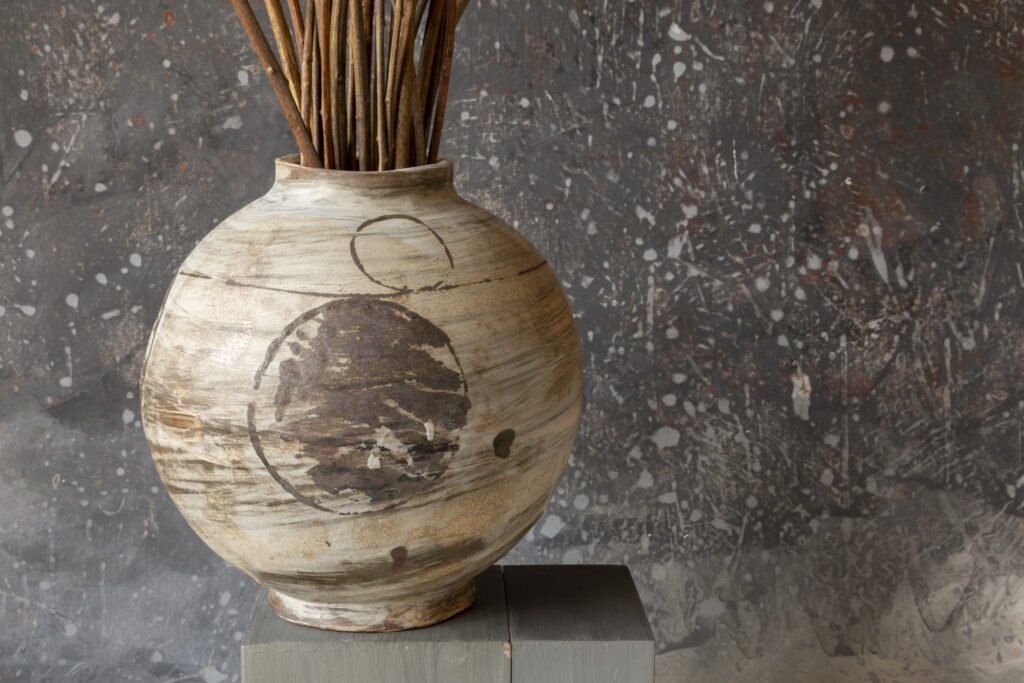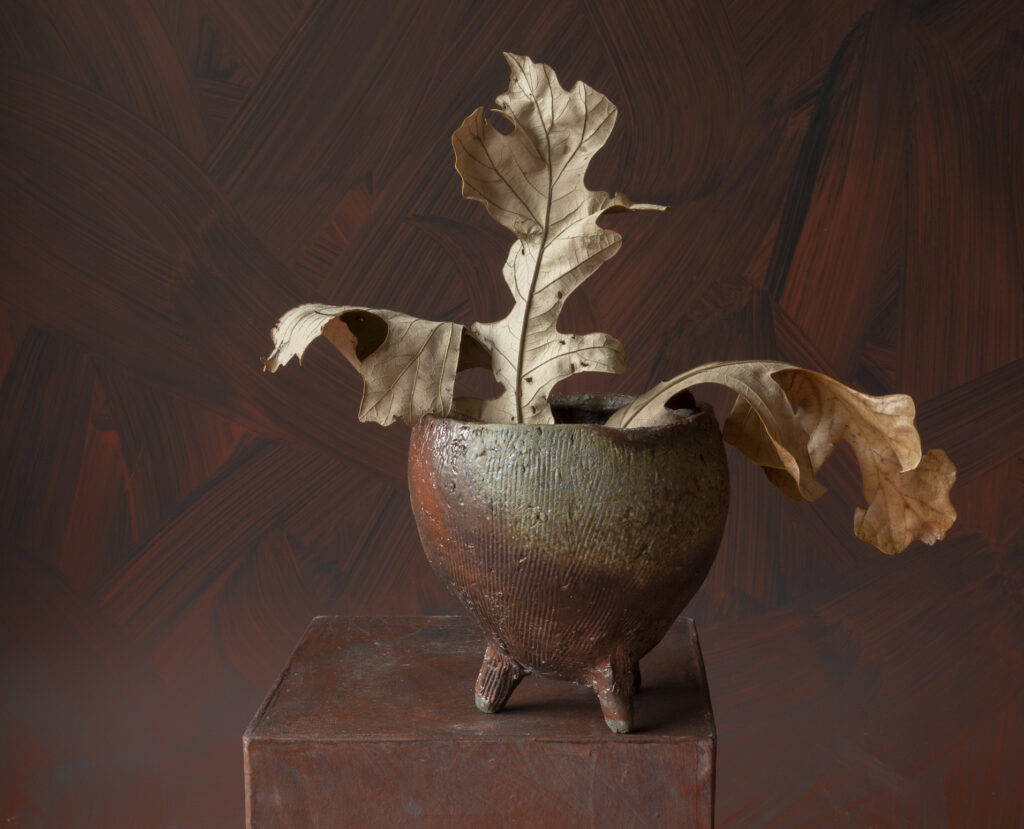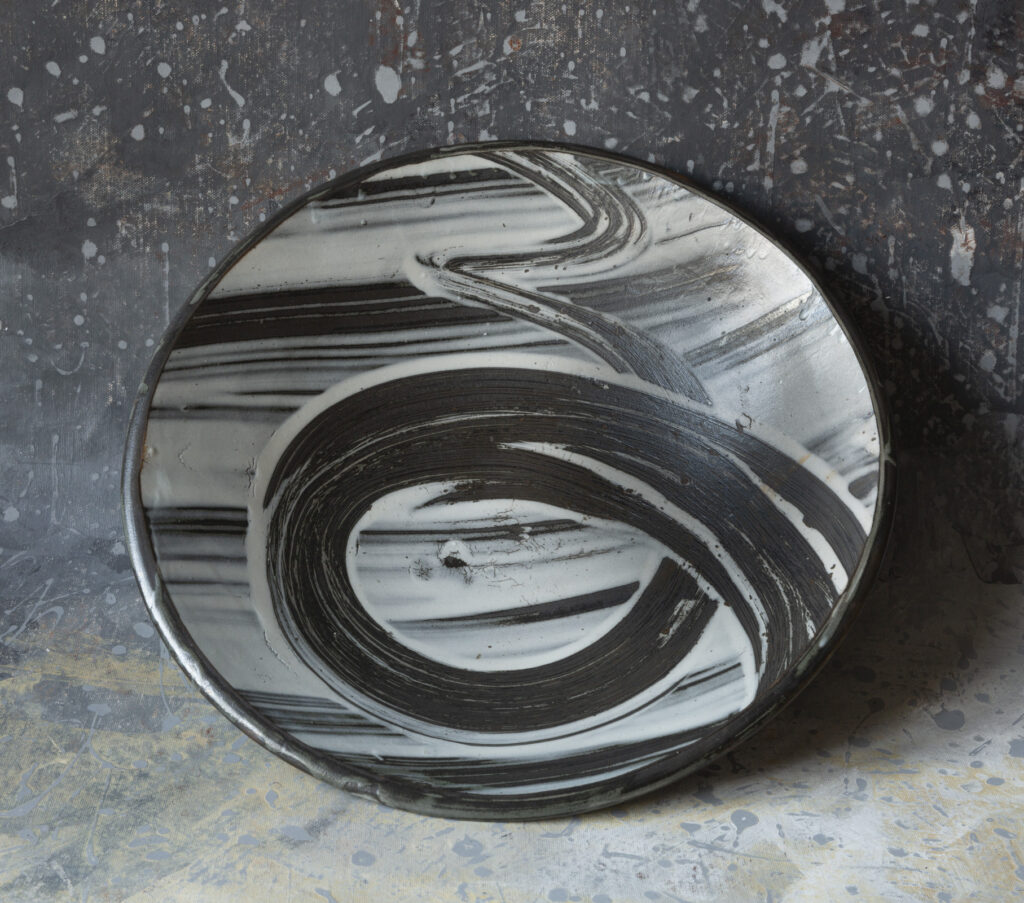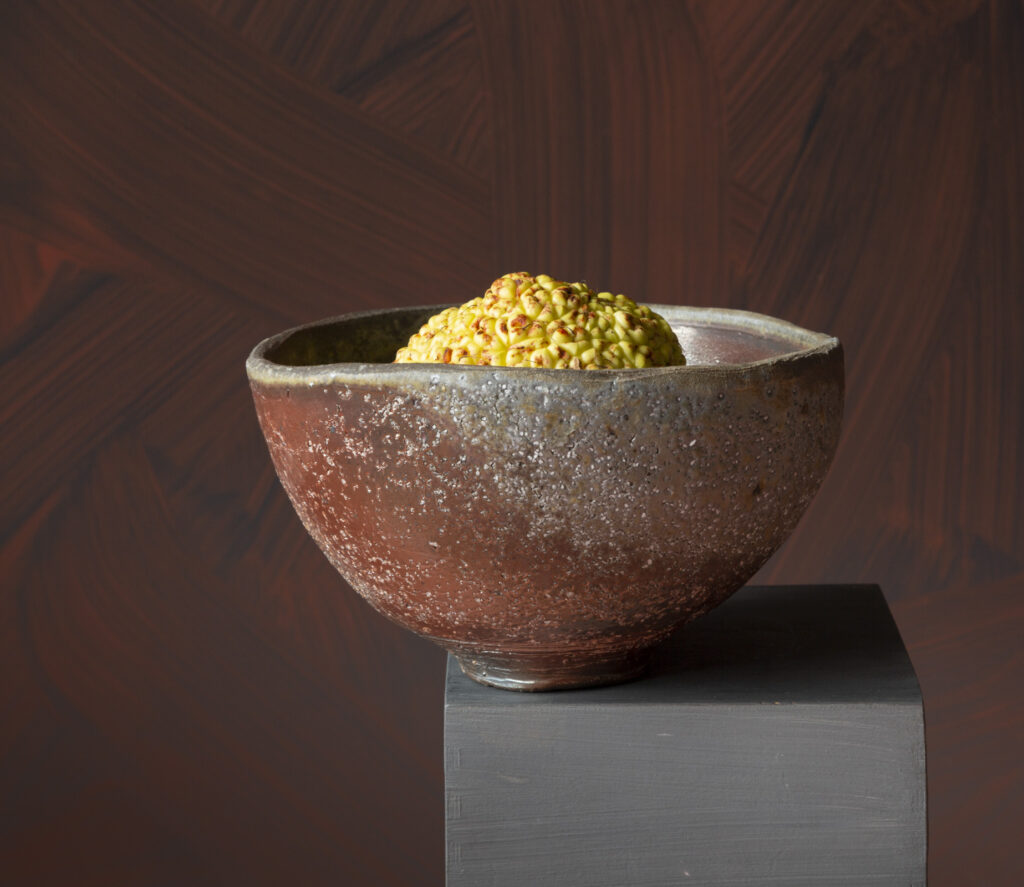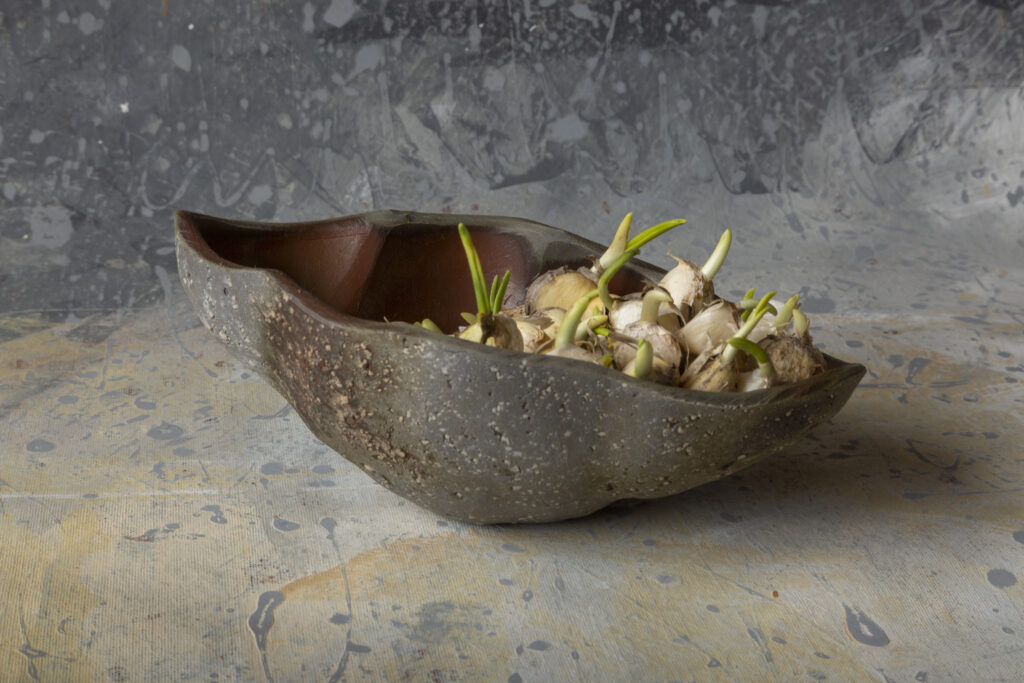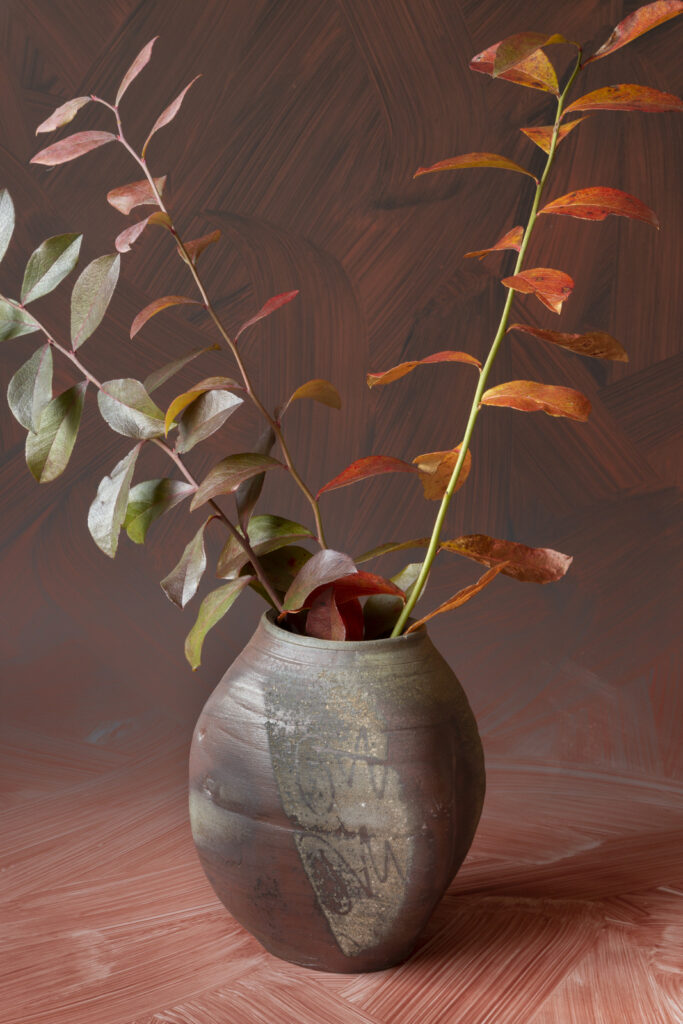The other night Peter Hoffman talked about his early experiences at Omen Azen. Peter, a former chef and restaurateur in New York [his memoir: What’s Good? was just published], described his response to the first time he ordered the house sake at Omen. First he recounted the easy possibility of ordering a glass of wine at a New York bar and being served a skimpy pour. So, he says, you look at the bartender and say, “really, that’s all?” So maybe you nudge them and ask, “please a little more?”
Thus, Peter was startled when ordering sake at Omen. What arrived at the table was a wooden box, often on a woodfired saucer with a high foot and deep sides [one of mine]. The waiter or perhaps Mikio himself would begin pouring into your box from a spouted ceramic serving bowl. They would pour, filling the box until it was overflowing into the saucer. Peter noted that this gesture of of abundance and kindness in New York City was so welcome, so surprising, so enjoyed that for him–and all of us–it became emblematic of the man behind the restaurant and his spirit of generosity.
Last night Warren and I ate our dinner at Omen. We ordered the house sake to experience Mikio’s kindness lurking in the shadows of the sanctuary he has created at Omen-Azen.
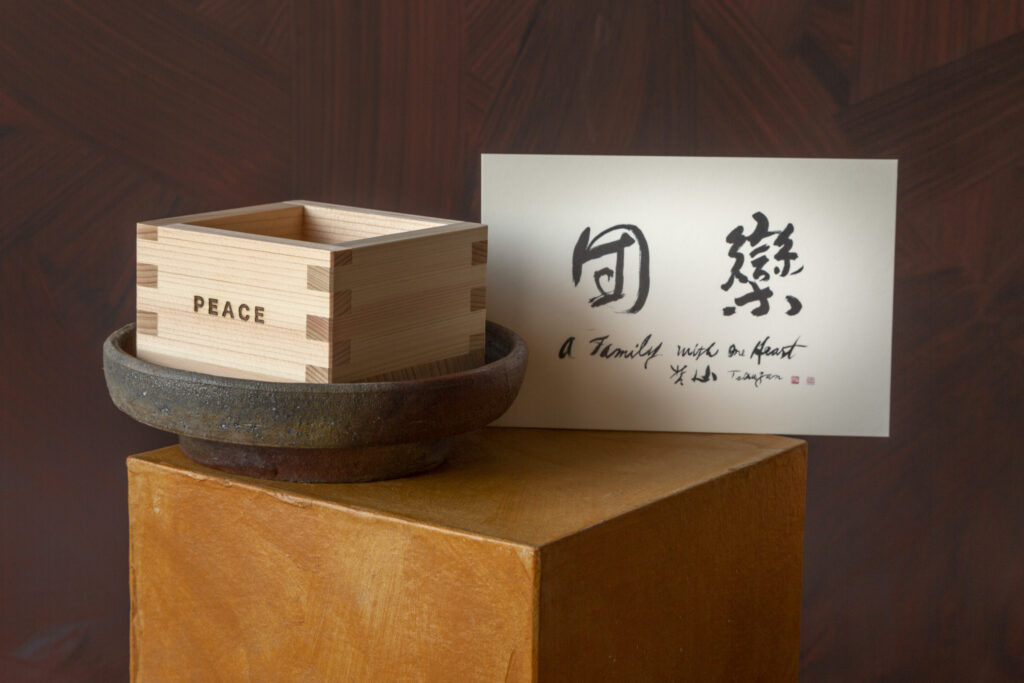
Before you know kindness as the deepest thing inside,
you must know sorrow as the other deepest thing.
You must wake up with sorrow.
You must speak to it till your voice
catches the thread of all sorrows
and you see the size of the cloth.
Then it is only kindness that makes sense anymore,
only kindness that ties your shoes
and sends you out into the day to gaze at bread,
only kindness that raises its head
from the crowd of the world to say
It is I you have been looking for,
and then goes with you everywhere
like a shadow or a friend.
–Naomi Shihab Nye from Kindness
